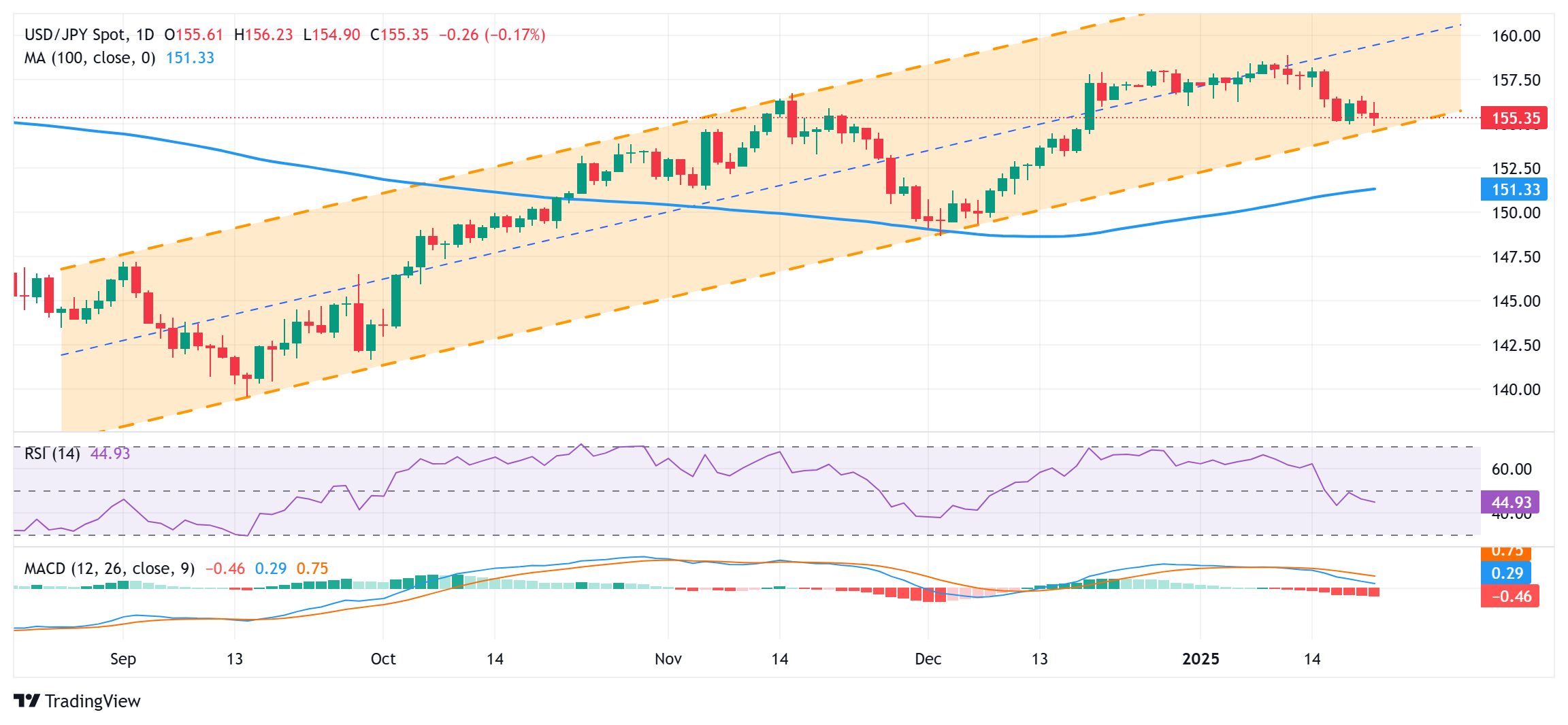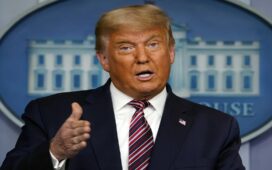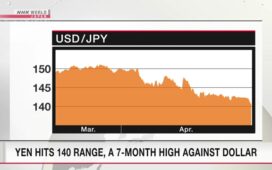- The Japanese Yen strengthens against the USD for the second straight day on Tuesday.
- The initial reaction to Trump’s tariff remarks fades amid bets for another BoJ rate hike.
- A modest USD recovery from a two-week low could limit losses for the USD/JPY pair.
The Japanese Yen (JPY) reverses a sharp Asian session downtick against its American counterpart, led by US President Donald Trump’s tariff remarks, and touches over a one-month peak in the last hour. Investors turned cautious amid reviving fears that Trump’s trade policies would trigger a fresh wave of the global trade war. Apart from this, rising bets that the Bank of Japan (BoJ) will hike interest rates at its policy meeting later this week underpin the safe-haven JPY.
Meanwhile, the US Treasury bond yields extend a one-week-old downtrend amid expectations that the Federal Reserve (Fed) will lower borrowing costs twice this year. The resultant narrowing of the US-Japan rate differential is seen as another factor benefiting the JPY. That said, a modest US Dollar (USD) recovery from a two-week low touched on Monday helps limit losses for the USD/JPY pair as the focus remains glued to the crucial BoJ meeting starting on Thursday.
Japanese Yen is underpinned by bets for another BoJ rate hike this week
- The recent hawkish comments from Bank of Japan Governor Kazuo Ueda and Deputy Governor Ryozo Himino, along with the broadening inflationary pressure in Japan, raised the odds for an imminent rate hike by the Japanese central bank. The markets are pricing in an 80% chance of a rate hike later this week.
- According to people familiar with the matter, BoJ will reach the final conclusion after examining economic data, markets and the implications of US economic policies. The view among the officials is that US President Donald Trump could ruffle markets or change expectations about the global economy.
- Trump said this Tuesday that he intends to impose 25% tariffs on Canada and Mexico, and the target date for tariffs would be as soon as early February. Trump’s remarks revive inflation concerns, which could force the Federal Reserve to stick to its hawkish stance and prompt a sharp US Dollar recovery from a two-week low.
- Japan’s Finance Minister Katsunobu Kato said on Tuesday that expect the BoJ to conduct monetary policies appropriately to achieve 2% inflation target. Kato added that Japan will respond appropriately after examining new US President’s policies and will closely monitor impact of US policies on world economy, Japan.
- Atsushi Mimura, Japan’s Vice Finance Minister For International Affairs and top foreign exchange official, said on Tuesday that US economy outlook’s up to Trump’s macroeconomic policies. Need to closely watch if China’s recent export strength will continue, Mimura added further.
- The US Producer Price Index (PPI) and Consumer Price Index (CPI) released last week pointed to signs of abating inflation. This suggests that the Fed may not exclude the possibility of rate cuts by the end of this year, which keeps the US Treasury bond yields depressed and acts as a headwind for the Greenback.
- There isn’t any relevant market-moving economic data due for release on Tuesday, either from Japan or the US. Moreover, the focus remains glued to the highly-anticipated two-day BoJ policy meeting starting on Thursday, which will play a key role in determining the near-term trajectory for the Japanese Yen.
USD/JPY bears look to seize control below 155.00, ascending channel support
From a technical perspective, the USD/JPY pair continues to show some resilience below the 155.00 mark and so far, has managed to defend a support representing the lower boundary of a multi-month-old ascending channel. This makes it prudent to wait for a convincing breakdown and acceptance below the said support levels before positioning for an extension of the recent downfall from a multi-month top. Spot prices might then accelerate the slide towards the 154.50-154.45 intermediate support en route to the 154.00 round figure, the mid-153.00s, and the 153.00 mark.
On the flip side, the Asian session peak, around the 156.25 region, now seems to act as an immediate hurdle. Some follow-through buying beyond the overnight swing high, around the 156.58-156.60 area, could allow the USD/JPY pair to reclaim the 157.00 mark. The recovery momentum could extend further towards the 157.25-157.30 area en route to the 157.60 region and the 158.00 round figure. A sustained strength beyond the latter could set the stage for a move towards retesting the multi-month peak, around the 159.00 neighborhood touched on January 10.
Bank of Japan FAQs
The Bank of Japan (BoJ) is the Japanese central bank, which sets monetary policy in the country. Its mandate is to issue banknotes and carry out currency and monetary control to ensure price stability, which means an inflation target of around 2%.
The Bank of Japan embarked in an ultra-loose monetary policy in 2013 in order to stimulate the economy and fuel inflation amid a low-inflationary environment. The bank’s policy is based on Quantitative and Qualitative Easing (QQE), or printing notes to buy assets such as government or corporate bonds to provide liquidity. In 2016, the bank doubled down on its strategy and further loosened policy by first introducing negative interest rates and then directly controlling the yield of its 10-year government bonds. In March 2024, the BoJ lifted interest rates, effectively retreating from the ultra-loose monetary policy stance.
The Bank’s massive stimulus caused the Yen to depreciate against its main currency peers. This process exacerbated in 2022 and 2023 due to an increasing policy divergence between the Bank of Japan and other main central banks, which opted to increase interest rates sharply to fight decades-high levels of inflation. The BoJ’s policy led to a widening differential with other currencies, dragging down the value of the Yen. This trend partly reversed in 2024, when the BoJ decided to abandon its ultra-loose policy stance.
A weaker Yen and the spike in global energy prices led to an increase in Japanese inflation, which exceeded the BoJ’s 2% target. The prospect of rising salaries in the country – a key element fuelling inflation – also contributed to the move.






